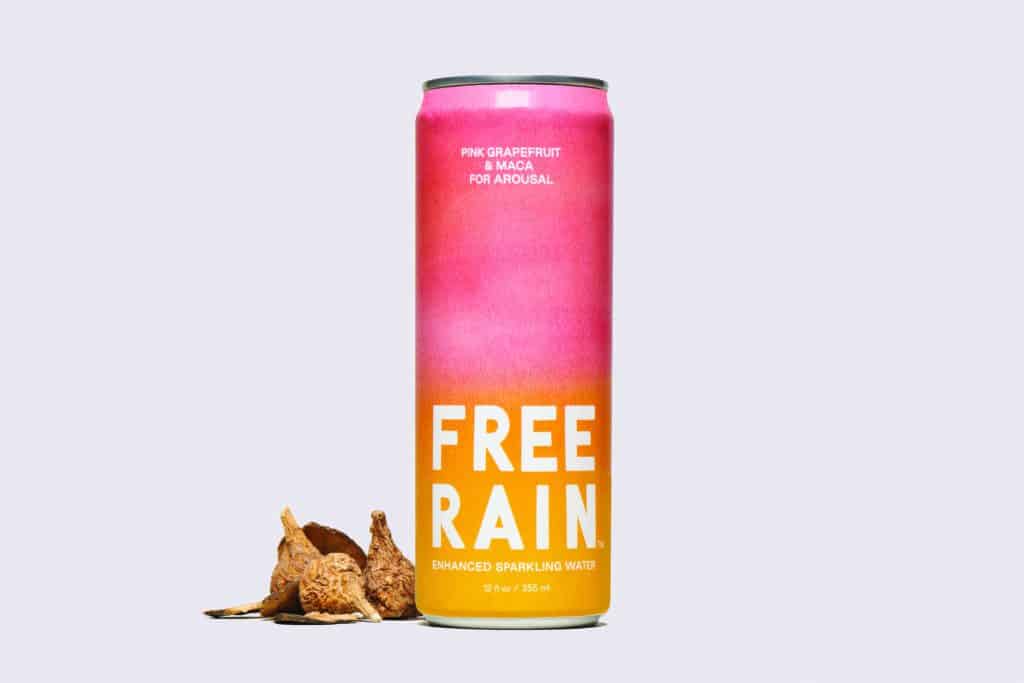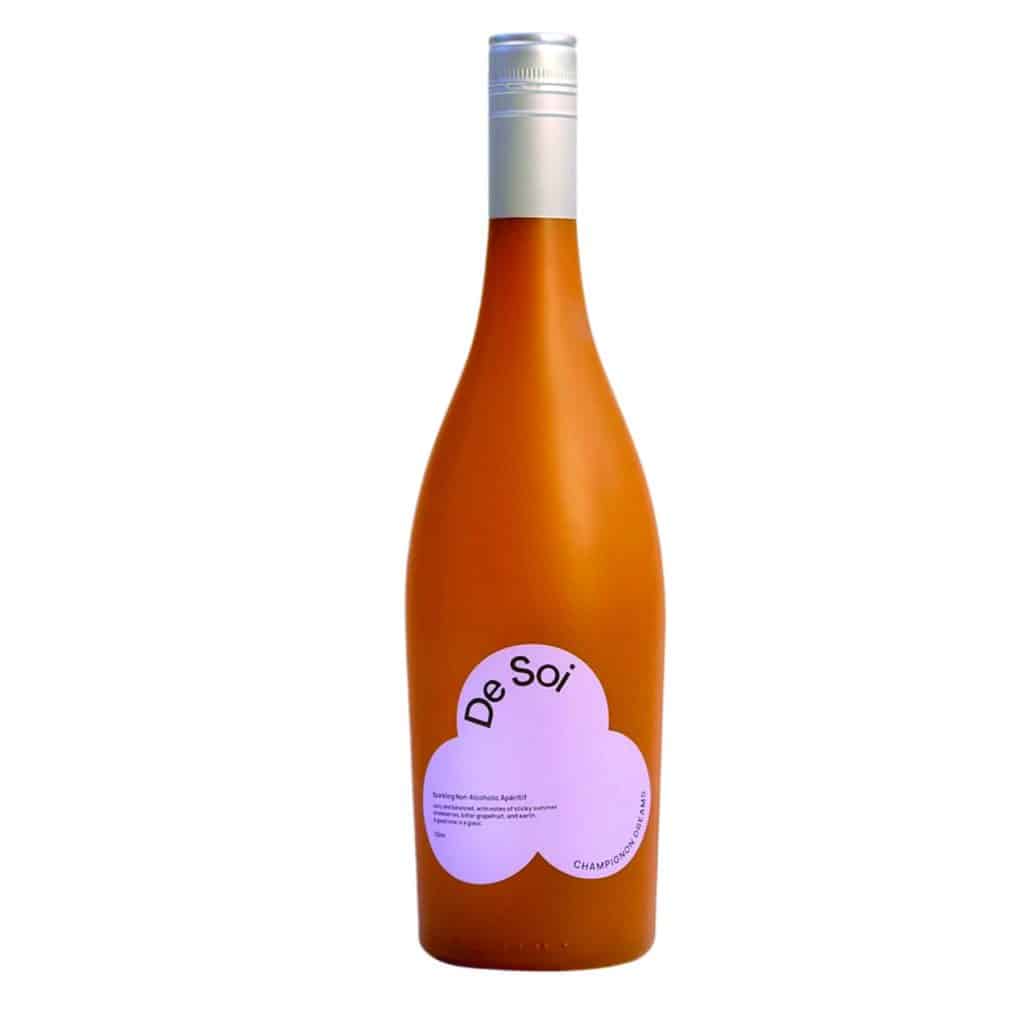
We’ve been making our drinks work for us for centuries— coffee to wake us up, citrus to refresh on a hot day, and tea or booze for just about everything else. Even water, at its core, is “functional.” Yet this precedent has not kept supposedly operative quaffs from taking over the drink fridge at your local supermarket like the second coming. These offerings go by the moniker “functional beverages,” and they promise everything from better skin and gut health to increased brain function and social skills, higher energy, reduced hunger and inflammation, and even enhanced libido.
We’ve taken to these like the proverbial moth (a consumer enthusiasm that may explain the sheer variety on the market right now), and who can blame us? Even before the COVID-19 pandemic put health at the forefront of so many minds, folks were already looking to get more out of their drinks via kombucha, switchel, coconut water, and turmeric lattes. Humans are living longer, millennials are getting older, and we’re all learning to discard things that don’t bring us joy. So we’re asking our libations: What have you done for me lately? Cue, swapping Pepsi and Kool-Aid for prebiotics.
“Millennials have come of age,” says food trend forecaster and creator of the newsletter Snaxshot, Andrea Hernández. “We’re at that age where you used to see your parents adding Metamucil to their drinks. We need something cooler than Metamucil…but we also need fiber.” According to Hernández, the functional beverage wave started in the mid 2010s, when seltzers began to outpace soda sales, and she attributes this rise to many factors. “We’re living in a day and age where our soil is so depleted, we’re really not getting anything from it…and we’re not sitting down and eating the three meals most of us probably grew up with. We snack a lot more, our lives are just operating at a faster pace than previous generations.”
In this on-the-go snackscape, we actually need to get more out of our drinks. And to fill this need, companies have sprung up claiming to help us do everything short of attaining enlightenment; some even go so far as to call themselves “euphorics.” But how are they doing this? And… are they doing this?
Two things found on most functional drink labels are “nootropic” and “adaptogen,” which can be filed under: Words None of Us Knew Five Years Ago. Even now, I would bet few consumers know what they mean. (I am a food journalist and had to Google them.) And yet this has not stopped us from accepting on blind faith that they are good for us. We want so badly to feel productive in our consumption that we will gladly reach for the bottle with goals— even if it may not be achieving them.
Several of the ingredients (ashwaganda, tulsi, maca, cordyceps) have been used for decades and even centuries in traditional Chinese and naturopathic medicine, and this precedent is enough for some to believe in their functionality. Others, such as active probiotics and vinegars, produce more immediate effects on the digestive system that are harder to deny. But whichever variety you’re reaching for, sometimes it is merely the reaching that gets you where you need to go. Self-help books operate on a similar principle— sometimes you just need to take the first step to get on a path to eating vegetables and forgiving your mom.
Of course, it also doesn’t hurt that these drinks all look like they were produced by Glossier. “They serve as somewhat of an external signaler,” says Hernández, pointing to social media’s enormous influence on the growth of the modern wellness empire. “It used to not be cool to Instagram your can of water. Our parents didn’t grow up saying to people, ‘Yes, and yesterday, we had dinner with our Heinz Ketchup!’” Nowadays, we’re not only able to regain a sense of control by consuming “healthy” drinks—we can also demonstrate to others how in control we are.
Hernández thinks we may be venturing into over-saturation with some of the functional beverage terminology—she likes to joke that it isn’t really functional unless it comes from the “Fonction” region in France—but she has hope for the future. In a recent Snaxshot issue, she described the development of wearables that would provide easy monitoring of things like glucose levels. This would empower consumers to try out new wellness trends knowing they could tell if it was actually working, something that is purely subjective now.
In my own research, I drank dozens of cans and bottles while writing this piece and did not notice a change in my brain function, sex drive, or immunity; At the end of it all, I actually got COVID. But was it fun to visualize myself developing healthier skin and becoming less socially awkward as I took those first sips? You bet, and that fun can be its own kind of medicine.

FREE RAIN PINK GRAPEFRUIT AND MACA FOR AROUSAL + PIPE DREAMS BOUCHE
Milk: Pasteurized goat
Free Rain has a seltzer for focus, calm, and pep, but this one recharges your libidinous energies. It achieves this via maca and a refreshing balance of vanilla, basil, and mandarin that pairs well with the citric minerality of ash- ripened goat cheeses like Pipe Dreams Bouche from Greencastle, Pa.

DE SOI CHAMPIGNON DREAMS + REY SILO ROJO
Milk: Raw cow
Even celebs are throwing money at this lucrative market (see: Russell Westbrook, Halsey, Ellie Goulding). Also in this camp is Katy Perry, who created De Soi with her friend Morgan MacLachlan. Their Champignon Dreams has passionflower and tulsi to wind you down, plus strawberry, sherry vinegar, apricot, birch, gentian, and burdock root. Pair its woodsy, juicy profile with an equally complex cheese, like Rey Silo’s dry, peppery, and floral Asturian buttons.

DUNE DEWY + ESSEX STREET LESBOS FETA
Milk: Pasteurized sheep
Dune makes the only still drinks on this list, and something about that makes them feel extra hydrating. This effect is most prominent in the skin-focused Dewy, where aloe, marine collagen, and prickly pear work to brighten, plump, and renew. Its mellow flavor profile of cucumber and honeydew melon makes an excellent pairing for salt-brined cheeses like feta (especially Essex Street’s extra-soft traditional variety).

CULTURE POP STRAWBERRY RHUBARB + ROELLI/CROWN FINISH CROWN JEWEL
Milk: Raw cow
Of the many brands employing the word “pop” right now, Culture Pop is one of the only ones that doesn’t use stevia, monk fruit, or other intensely sweet sugar alternatives. It’s also chock-full of probiotics—the bacteria found in yogurt and cheese. Pair the wild and tangy Strawberry Rhubarb with the alpine taste of cooked cream in mountain cheeses like the Roelli + Crown Finish Cave collab Crown Jewel.

BK CANNERY COLA AMARETTO + FOUR FAT FOWL ST. STEPHEN
Milk: Pasteurized cow
While Culture Pop is probiotic, BK Cannery sodas are prebiotic—meaning they’re boosted with gut-friendly fiber. Here, their cola employs chicory root, cassia, molasses, and something called “cimmerian extract” (online searches turn up references to Conan the Barbarian) to create a nostalgic root beer flavor. The alt-sugars actually make sense in this brown pop; paired with a triple creme like St. Stephen, they give soda-shop-float vibes.




